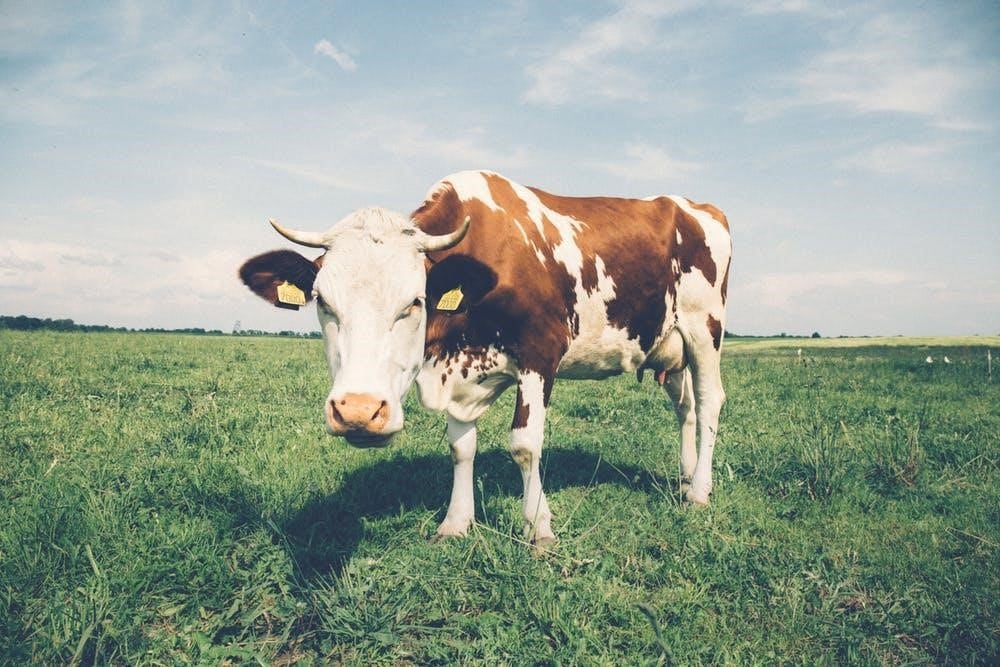
Allergies are certainly common and apparently can arise at any time during a person’s life. It is also said that we all share allergies related to dust, but food allergies can be some of the most fatal to suffer from!

So, what is a food allergy?
Well, as previously mentioned, food allergies can develop at any time in a person’s life. Some people may be born allergic to peanuts and some may develop an allergic reaction to peanuts later in life. This particular allergy condition is strictly triggered when the person comes into contact with the food or food product that they are allergic to. These allergic responses can be as minor as an itchy rash or as severe as anaphylaxis. Other potential allergic reactions may include:
- Low blood pressure
- Vomiting
- Diarrhea
- Hives
- Difficulty breathing
- Swollen tongue
- Swollen mouth/lips
- Swollen face
So, what are the different types of foods that a person can be allergic to?
The complete list of potential food allergies is a mile long and far exceeds what I am an, e to talk about here. However, there are several different food allergies that are considered to be among the most common.

Peanuts
Since they were already mentioned, let’s start here. Peanut allergies are one of the most common food allergies a person can have. It is believed that this allergy, at be hereditary or has some kind of familial connection as many times a peanut allergy can be traced through family history. Though, this has not yet been proven.
Peanut allergies are common for young children so great care must be taken especially while in public. Avoid any interaction between your child and a child eating a peanut butter sandwich. Some peanut allergic reactions are so easily triggered that the child may only be in the same room as peanut products and have a reaction.

How to live with a peanut allergy
- First and foremost if you have a peanut allergy you need to take great caution to avoid peanuts and peanut products.
- Seek a confirmation allergy test from an allergy specialist.
- Read ingredient lists and nutrition facts on food labels. If the product was made with or near peanuts it should be listed.
- Researchers have developed medication for children that can help them through their peanut allergy. Read more about this brand new medication here: https://www.nbcnews.com/health/health-news/1st-peanut-allergy-drug-approved-fda-n1128306

Cows milk
This is common for infants and toddlers. Most children that are allergic to cow’s milk will eventually grow out of the allergy by their teen years. Symptoms of a cow’s milk allergic reaction may appear as swelling and itchy rash or even become severe with anaphylaxis. The allergic reaction may also appear as an upset stomach, vomiting, or diarrhea, making it difficult to diagnose.

How to live with a cow milk allergy
- Avoidance is key
- There are several alternative cow products that may not trigger a reaction such as goats milk, soy milk, and almond milk.

Eggs
Eggs are another common food allergy for children. They usually are able to outgrow this allergy by their teen years. Some people are only allergic to egg whites or egg yolks (who knew?). The symptoms of an egg allergy are most likely to appear as digestive distress such as nausea, vomiting, and diarrhea. However, it isn’t unlikely that other symptoms may appear as well including itchy rash or breathing problems.

How to live with an egg allergy
- Avoidance is key
- Confirm the allergy with a test provided by an allergy specialist
- Read product labels and nutrition fact labels.
- Use alternative ingredients when cooking and baking. Good egg substitutions include; tofu, bananas, and applesauce.
- Obtain eggless” cooking” cookbooks and recipes that have already been put together without the use of eggs.